Problems happen. In HVAC Systems. In life. But I’ve always believed that for every problem there is a solution. Getting to a solution is not always...
Continue ReadingTopic: Design Engineer Tips
Hydronic HVAC Systems: Make-Up Water Assembly, Initial Fill & Air Purge
Hydronic HVAC systems use water to transport energy throughout a building for the purposes of occupant comfort. Once the system is initially filled,...
Continue ReadingHVAC Expansion Tanks: Plain Steel vs. Bladder-Type
Before we get into the common issues associated with plain steel expansion tanks and old Air Control Systems, let me first describe the expansion...
Continue ReadingHydronic HVAC Systems: Air Elimination vs. Air Control
Earlier, in the blog post “Why Air Must Be Removed from Hydronic HVAC Systems," we discussed several of the issues free air and dissolved air may...
Continue Reading3 Reasons You Might Need a Water Expert for Your Industrial Process
I have lived in North Carolina all of my life. Yet, as a relatively new resident of the Triad area, I am continually amazed at the number of...
Continue ReadingPotable Water Expansion Tanks: Purpose and Sizing
When you look a water heater in a large building or even a home, you may notice a much smaller tank close by. That small tank is a thermal expansion...
Continue ReadingA Low Cost Method for Adding Hydronic Heating to Building Upfit and Renovation Projects
Recently, a facility engineer friend of mine was telling me about a project of his. The industrial company he worked for sold their building to...
Continue ReadingPump Talk: 6 Advantages of Variable Speed Pumps
5 Ways to Reduce the Risk of a Legionella Outbreak in Your HVAC Systems
The CDC estimates that anywhere from 8,000 to 18,000 people need hospital care each year due to Legionnaire’s disease. Most people affected by the...
Continue Reading4 Piping Strategies for Active Chilled Beam Systems
Active Chilled Beams (ACBs) offer cost, efficiency, and numerous other benefits when properly applied in commercial hydronic HVAC systems. ACBs are...
Continue Reading

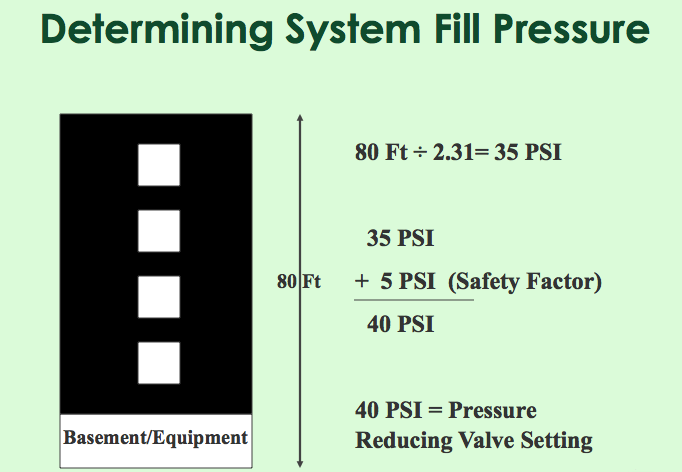
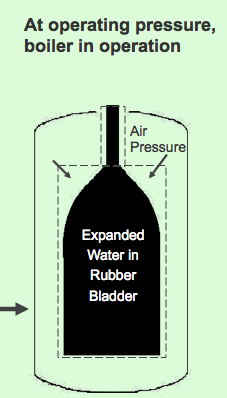
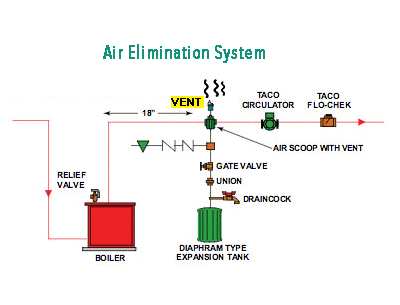

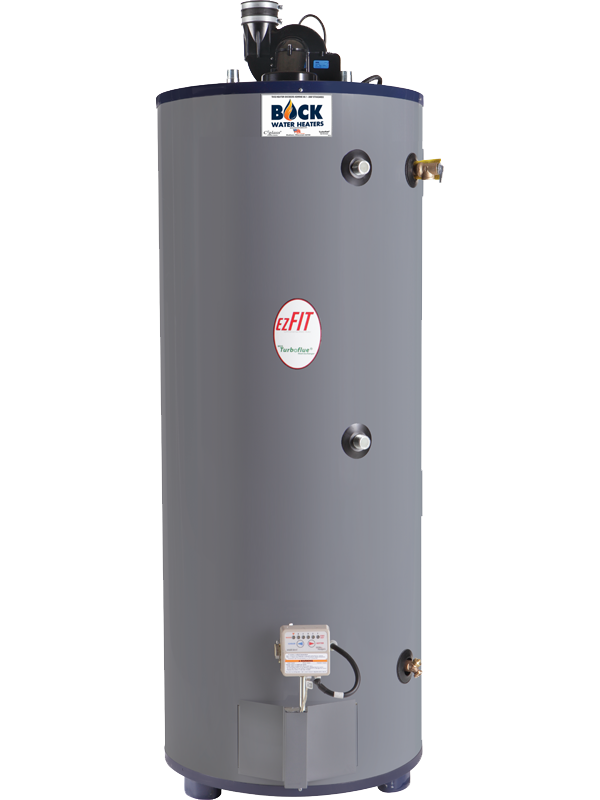
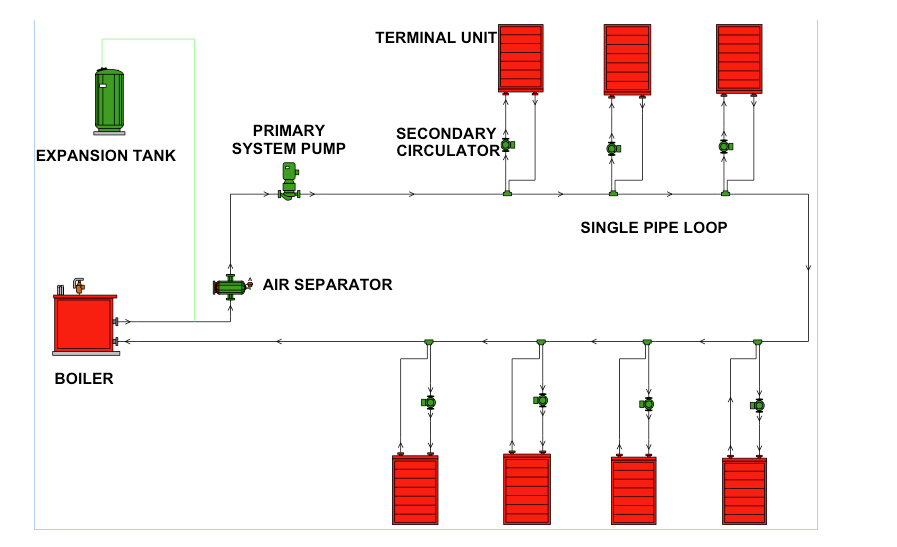
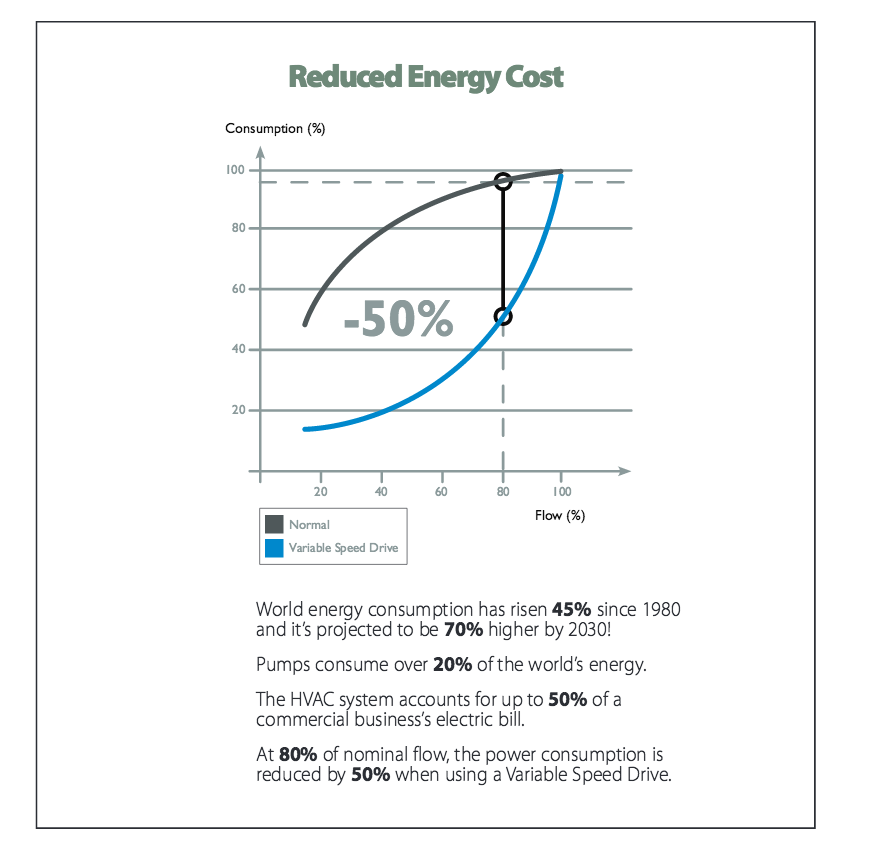

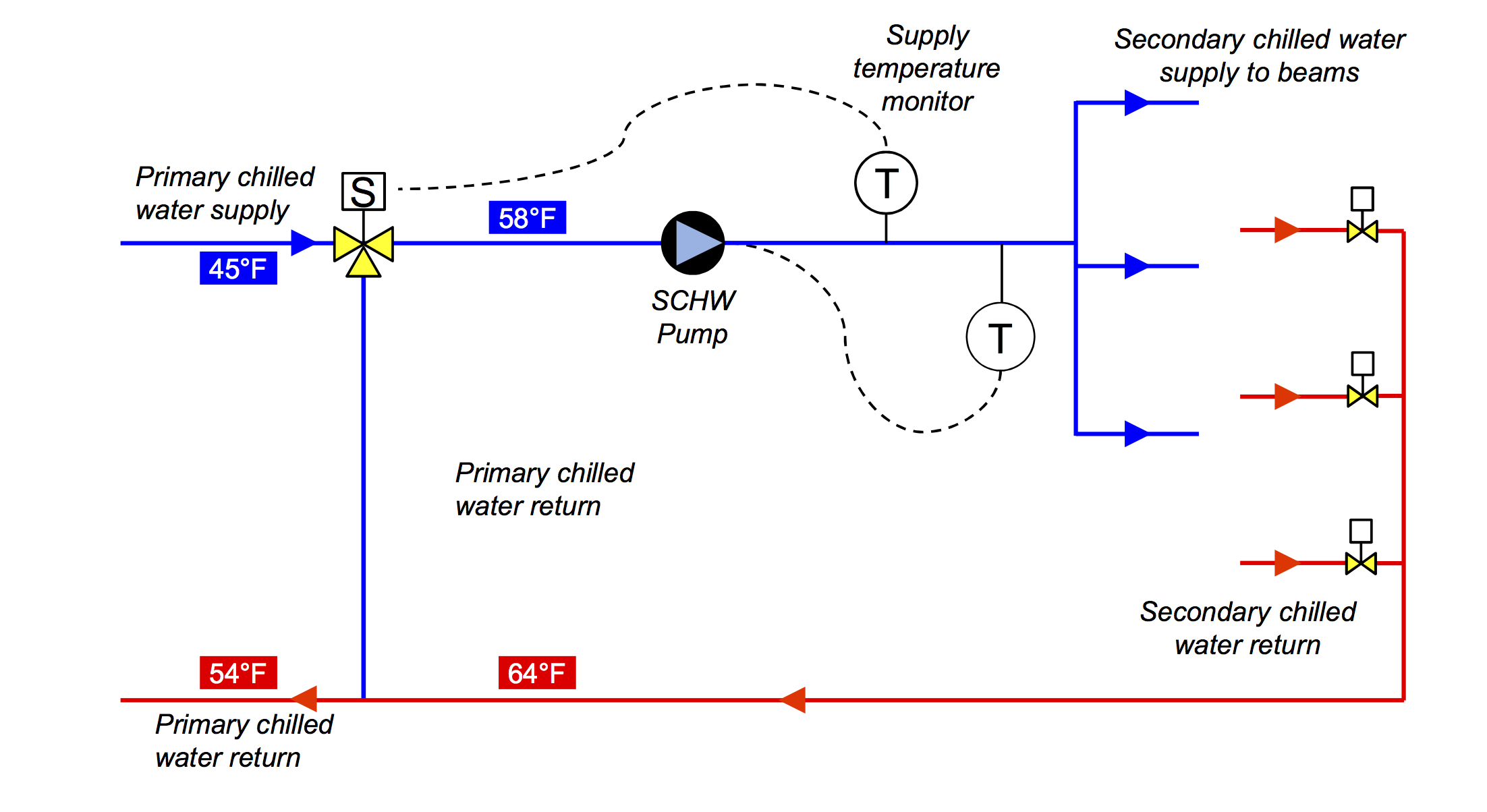



Submit a Comment